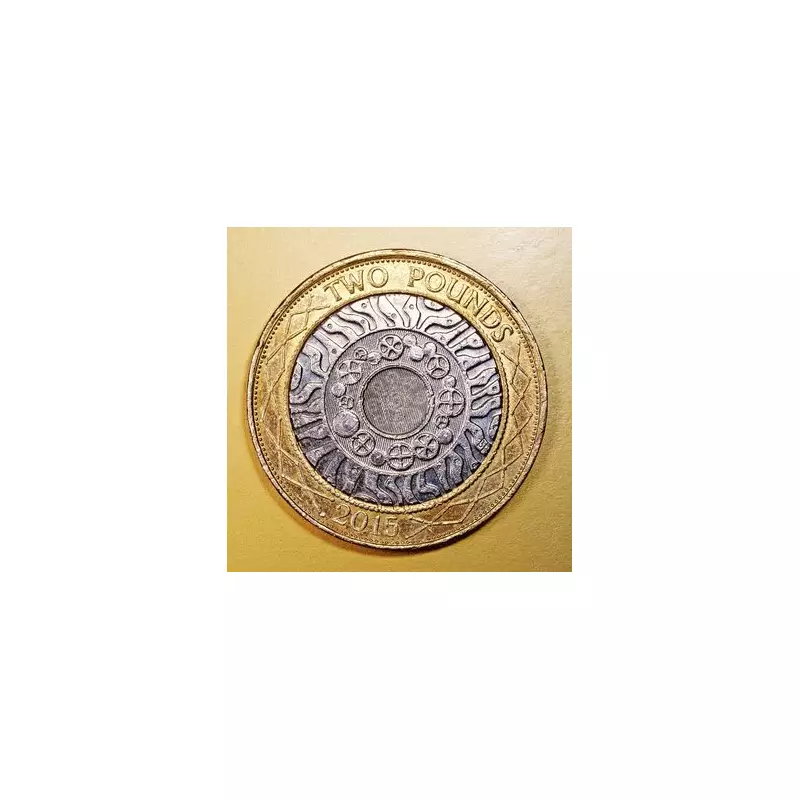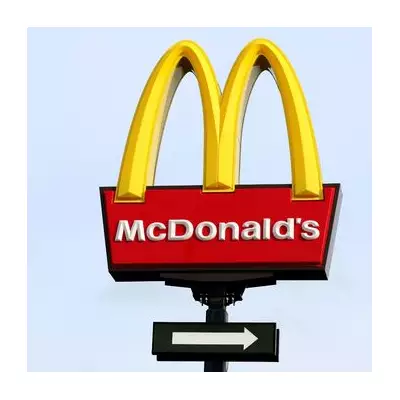
Time to raid those old wallets, purses, and junk drawers! A minuscule printing error on now-defunct paper £20 notes could be your ticket to an unexpected windfall.
The Bank of England's previous paper note, featuring the likeness of renowned economist Adam Smith, was officially withdrawn from circulation after the switch to the current polymer version. But for sharp-eyed collectors, the old note is now a potential goldmine.
The Secret Detail That Spells Cash
The key to a small fortune lies in a tiny, almost invisible misprint in the note's serial number. Certain batches were accidentally printed with a specific error that has sent their value skyrocketing amongst currency enthusiasts.
While a standard old paper twenty is now just a keepsake, one of these misprinted notes can fetch anywhere from £50 to a staggering over £300 at auction—far above its face value.
How To Spot A Winning Note
So, how do you know if you've hit the jackpot? The value is all in the combination of letters and numbers. You're looking for notes with the serial number prefix AH21.
Grab any old paper £20 notes you have and examine them closely. If you spot that coveted 'AH21' code, you could be in luck. The specific numbers that follow can further influence the final price collectors are willing to pay.
What To Do If You Find One
If you discover you're sitting on this rare currency, don't just try to spend it! Your best bet is to sell it to a dedicated collector or through a specialised auction site where its true value can be realised.
This isn't the first time a printing quirk has created an accidental treasure. The hunt for rare misprints is a thriving hobby, turning everyday pocket money into valuable artefacts. So before you dismiss that old note as useless, give it a second look—it might be the most valuable thing in your house.





